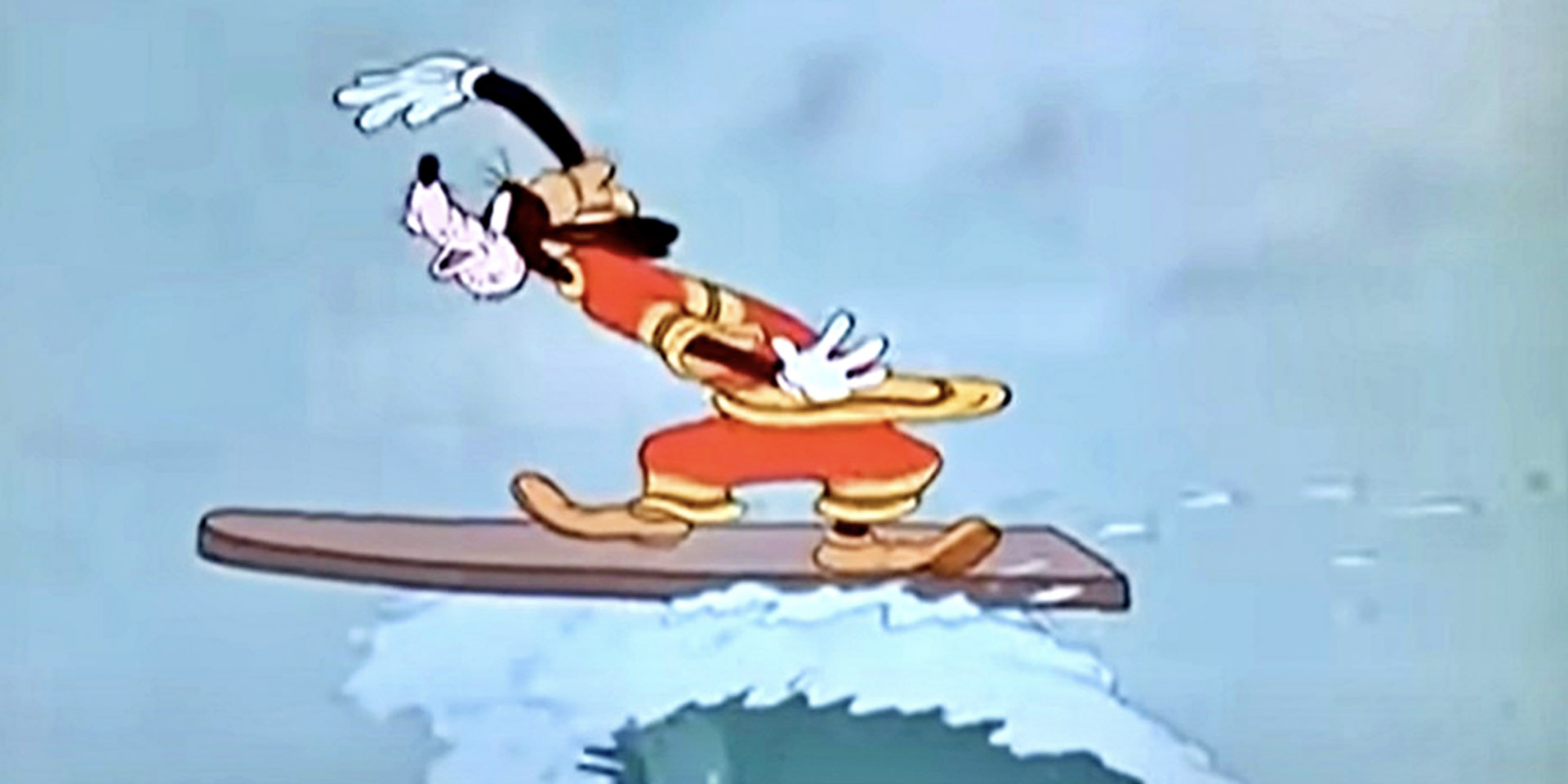
Home » Where does the term “Goofy Footed Surfer” come from?
Where does the term “Goofy Footed Surfer” come from?
Surfing is a sport that requires a lot of skill, balance, and control. The way a surfer stands on the board, also known as their stance, plays a crucial role in their performance. There are two types of stances in surfing: regular and goofy-footed. Regular stance means that the surfer stands with their left foot forward, while goofy-footed stance means the opposite, with the right foot forward. But where did the term “goofy-footed surfer” come from?
Table of Contents
The Origin of the Term “Goofy-Footed Surfer”
The term “goofy-footed surfer” has been around for decades, but its origin is somewhat uncertain. One of the most popular theories is that it comes from the Disney cartoon character Goofy, who is often depicted as being clumsy and goofy. When surfers first started riding waves with their right foot forward, people thought it looked awkward and silly, just like Goofy’s movements. Hence, the term “goofy-footed” was born.
Another theory is that the term originated from the skateboarding community in the 1960s. Skaters who rode with their right foot forward were called “goofy-footed,” and the term eventually made its way to the surfing world.
Regardless of its origin, the term “goofy-footed surfer” has become widely accepted and is now a common phrase used within the surfing community. It is also worth noting that being a goofy-footed surfer does not mean that the person is any less skilled than a regular-footed surfer. In fact, some of the most famous surfers in history, such as Mark Occhilupo and Tom Curren, are known for their goofy-footed stance.
Advantages and Disadvantages of a Goofy-Footed Stance
There are both advantages and disadvantages to having a goofy-footed stance in surfing. One of the biggest advantages is that it can make certain maneuvers easier to perform. For example, when surfing on a left-breaking wave, a goofy-footed surfer can more easily perform backside maneuvers, such as cutbacks and snaps.
On the other hand, a goofy-footed stance can make it more difficult to perform certain maneuvers on a right-breaking wave. This is because the surfer’s back is facing the wave, making it harder to see what is happening and react quickly. Additionally, many surf breaks are set up for regular-footed surfers, meaning that a goofy-footed surfer may have a harder time finding the right waves to ride.
Conclusion
In conclusion, the term “goofy-footed surfer” is a commonly used phrase in the surfing community. Its origin is uncertain, but it is widely accepted as a way to describe surfers who ride with their right foot forward. While there are advantages and disadvantages to having a goofy-footed stance, it ultimately comes down to personal preference and the individual surfer’s abilities.
OUR SURF CAMPS



